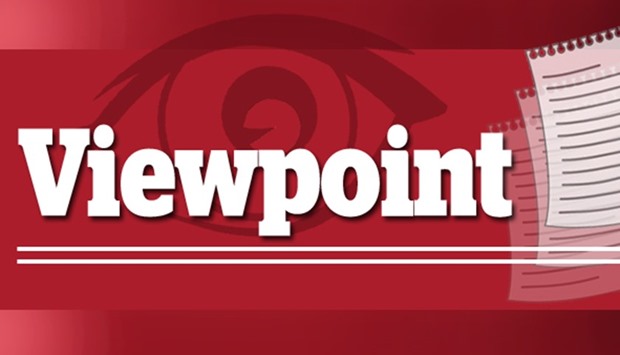It is a hotly debated topic as to how much coffee is too much. A new study among patients who experience episodic migraine adds a new dimension. It was seen that three or more servings of caffeinated beverages may be associated with higher odds of migraine headache occurrence on that day or the following day. In the study published in the American Journal of Medicine, researchers evaluated the role of caffeinated beverages as a potential trigger of migraine. While some potential triggers – such as lack of sleep – may only increase migraine risk, the role of caffeine is particularly complex, because it may trigger an attack but also helps control symptoms, according to study lead Elizabeth Mostofsky. Caffeine’s impact depends both on dose and on frequency, but because there have been few prospective studies on the immediate risk of migraine headaches following caffeinated beverage intake, there is limited evidence to formulate dietary recommendations for people with migraines.
In their prospective cohort study, 98 adults with frequent episodic migraine completed electronic diaries every morning and every evening for at least six weeks. Every day, participants reported the total servings of caffeinated coffee, tea, soda and energy drinks they consumed and filled out twice daily headache reports detailing the onset, duration, intensity and medications used for migraines since the previous diary entry. Participants also provided detailed information about other common migraine triggers, including medication use, alcoholic beverage intake, activity levels, depressive symptoms, psychological stress, sleep patterns and menstrual cycles.
To evaluate the link between caffeinated beverage intake and migraine headache on the same day or on the following day, the researchers used a self-matched analysis, comparing an individual participant’s incidence of migraines on days with caffeinated beverage intake to that same participant’s incidence of migraines on days with no caffeinated beverage intake. This self-matching eliminated the potential for factors such as sex, age, and other individual demographic, behavioural and environmental factors to confound the data. The researchers further matched headache incidence by day of the week, eliminating weekend versus weekday habits that may also impact migraine occurrence. Self-matching also allowed for the variations in caffeine dose across different types of beverages and preparations.
As explained by Mostofsky, one serving of caffeine is typically defined as eight ounces or one cup of caffeinated coffee, six ounces of tea, a 12-ounce can of soda and a 2-ounce can of an energy drink. Those servings contain anywhere from 25 to 150mg of caffeine, so the amount of caffeine that is associated with heightened risk of migraine cannot be quantified. However, in this self-matched analysis over only six weeks, each participant’s choice and preparation of caffeinated beverages should be fairly consistent. Overall, the researchers saw no association between one to two servings of caffeinated beverages and the odds of headaches on the same day, but they did see higher odds of same-day headaches on days with three or more servings of caffeinated beverages. However, among people who rarely consumed caffeinated beverages, even one to two servings increased the odds of having a headache that day. More work is needed to confirm these findings, but this study is an important first step.



